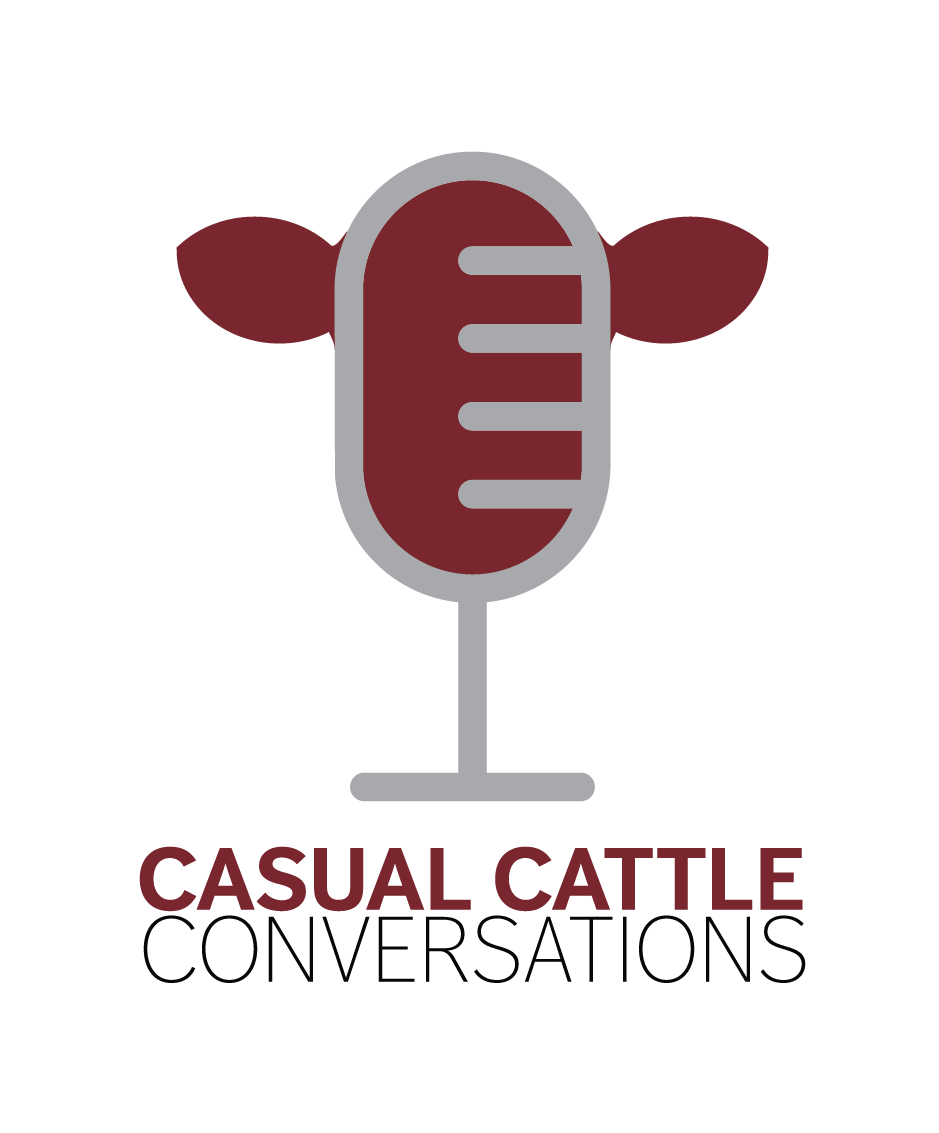Ranchers’ Biggest Questions About Liquid Feed
Liquid feed is one of the many methods ranchers use to meet the nutrient requirements of their cow herd and increase animal performance. Despite liquid feed being a common and long-standing feed source, there are a few common questions and myths that float around the industry today. The two main questions about liquid feed were addressed on the Casual Cattle Conversations podcast by Drs. Kelly Sanders and Taylor Garcia of Westway Feed Products.
Question #1: Does liquid feed have urea and should cow-calf producers be concerned about feeding urea?
Yes, liquid feed does contain urea which is safe to feed. “When fed in the right amounts it is an extremely safe, effective and cost-effective protein source,” says Kelly.
Many concerns about the safety of feeding urea stem from the beginning years when liquid feed was first introduced. “It’s one of those things that’s been passed down if one generation had a bad experience,” says Taylor, “It used to go in at upwards of 50% crude protein of the supplement and what we know now is that it needs to be closer to 20-30% crude protein of the supplement.”
The research and experience that today’s nutritionists have access to wasn’t available to previous generations. Today, urea is included in liquid feed, tubs and cubes just to name a few feed sources.
Urea is included in diets to act as a nitrogen source. “Urea is two attached ammonia molecules that turn into carbon dioxide and ammonia when hydrolyzed in the rumen,” says Taylor. Fiber digesters prefer the ammonia as a nitrogen source to break things down. If ammonia is not available, the microbes will create it anyway. Feeding urea is providing a preferred nitrogen source to the rumen microbes which improves feed efficiency.
Adding urea to liquid feed is a win-win for rumen microbes because molasses is also in the supplement. “When I think about the combination of molasses and urea in liquid supplementation, they are a symbiotic relationship that complements the grass,” says Sanders.
Urea is ultimately a safe and effective method of helping cattle meet their nutrient requirements efficiently.
Question #2: Why should I continue to have liquid feed available to my cows in the summer?
Providing continued access to liquid feed has numerous benefits to the cow and rancher. “As a nutritionist, I am trying to provide the best nutrition for the cow in the most cost-effective way for the producer,” says Taylor, “What we find is that they don’t actually consume more feed when it is available year-round.”
Year-round availability allows cows to maintain better body condition score. When cows maintain a body condition score five instead of losing energy reserves, they are likely to rebreed faster which results in a more uniform calf crop and more consistent weaning weights.
If ranchers wait until cows get thin or pastures look short to put supplement out, it creates a greater expense because it takes more inputs to help cows catch up than it does to help them maintain throughout the calendar year.
“Data shows a 15-20% intake reduction for cow herds on a year-round program,” says Kelly.
Fetal programming is another part of the conversation that can’t be ignored. Kelly says, “Cows who are protein deficient in their second and third trimester can produce sub-fertile heifers or steers with reduced carcass performance.” The impact of proper nutrition goes beyond the current breeding season and calf crop.
Liquid feed can be a multifunctional tool for the rancher too. Tubs can be moved around to improve grazing distribution and fly control additives can also be included.
As ranchers think through the best option to meet the needs of their cow herd, they should consider if they are trying to or replace something in their current plan and how different supplements impact labor requirements and the overall efficiency of their operation.
For more information, producers can reach out to Westway Feed Products at 800-800-7517 or visit WestwayFeed.com.

